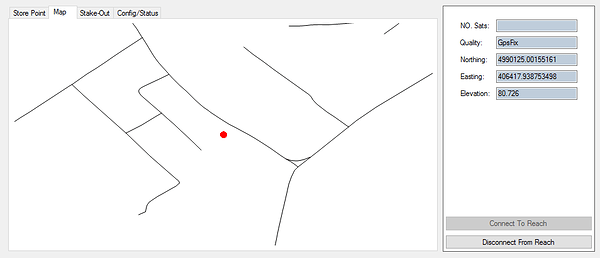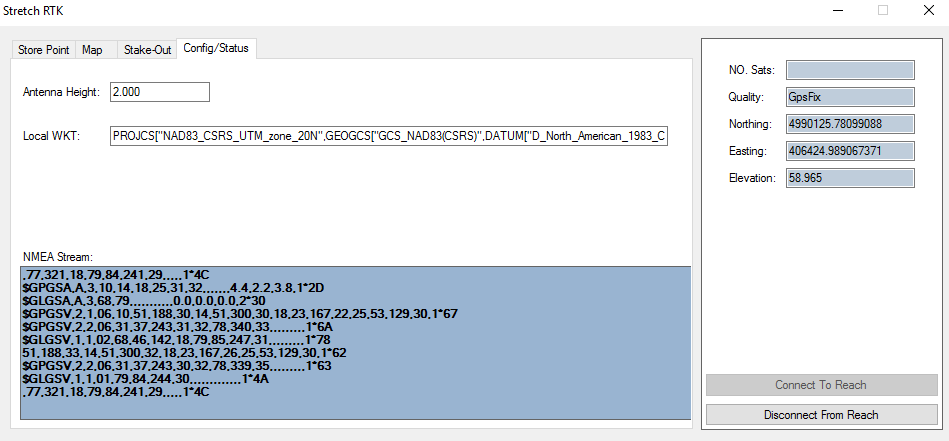Hey Everyone,
I’ve been working at a few different projects lately with the Reach. I wanted to have similar functionality to the survey controllers I currently use for work, ie - single point storage, point stake-out, offline map.
With little to be found on the Android Market I found myself looking to other cheap and alternative routes. I had an old HP Stream 7 tablet kicking around and with luck, it had blue tooth.
It doesn’t take long to find the libraries you need to make a simple application such as thing - but I’m extremely rusty with my coding (been about 10 years now.). But I’m ranting… Here are some screen shots and a list of the features it has so far. I’ll post the app itself in the next couple of days after I clean up the code a bit.
Features:
Coordinate Transformations
Single Point Storage
Single Point Stake-out
Map (shows currently location and uses a map SHP file for your offline map)
Antenna Height Correction
Bluetooth Connectivity
Screen Shots:
Single Point Storage:
I have it set to store the Local N/E/Z as of right now. I personally don’t use lat/long for much.
Map:
The red dot indicates your current location, the black lines are road shape file I had for my town.
Config:
To change to your local projection or system, simply use your own WKT for your coordinate systems definition. The Antenna Height can also be changed depending on your rod height.
I’ll post the stake-out tab later, it’s still a bit of a mess.
If there are any other features you can think of that could be added, let me know.






